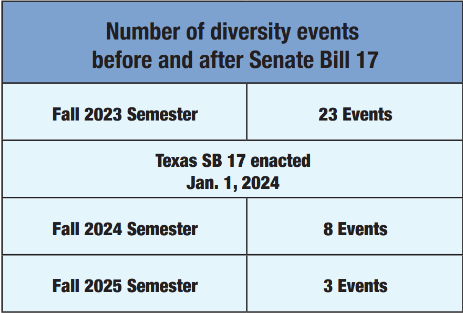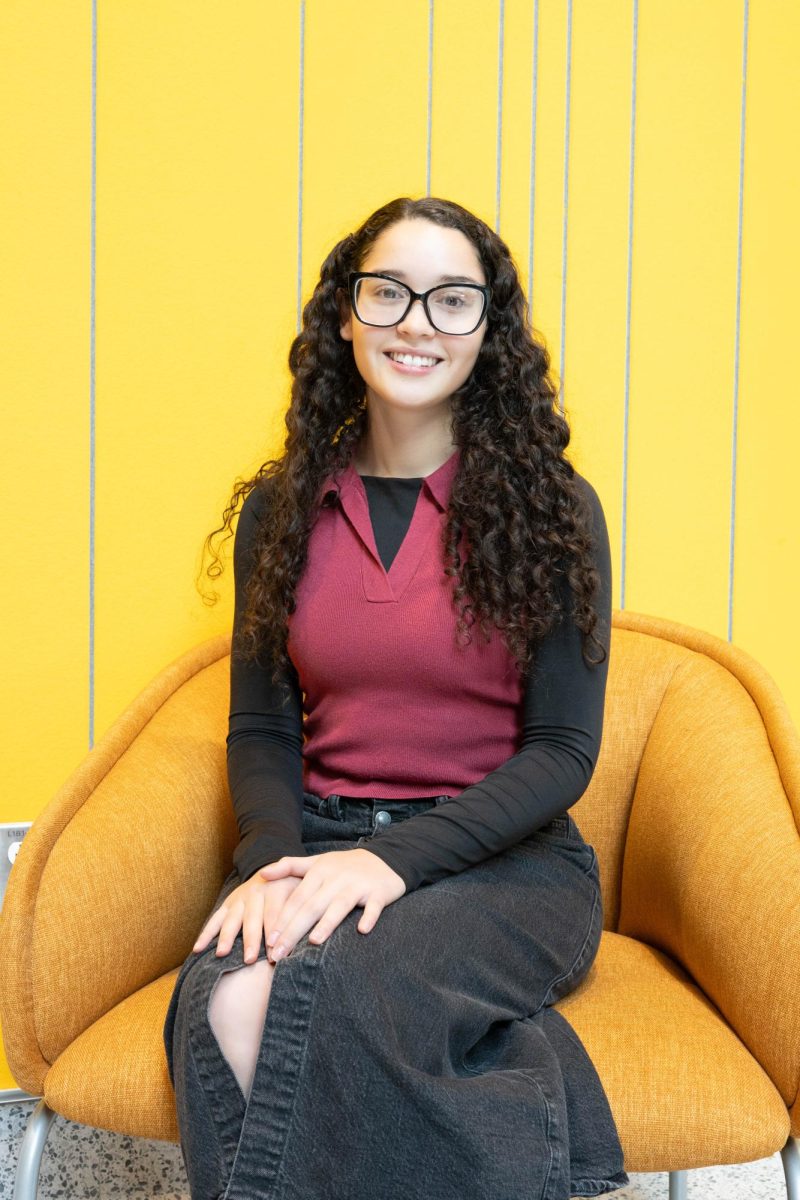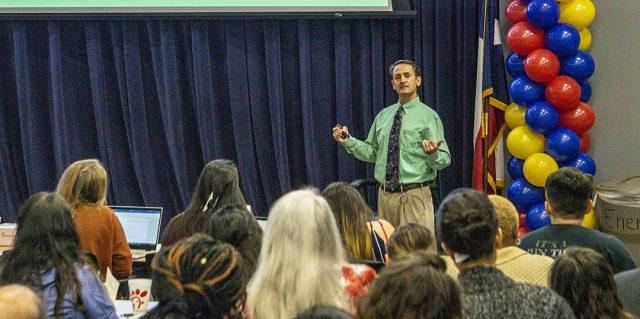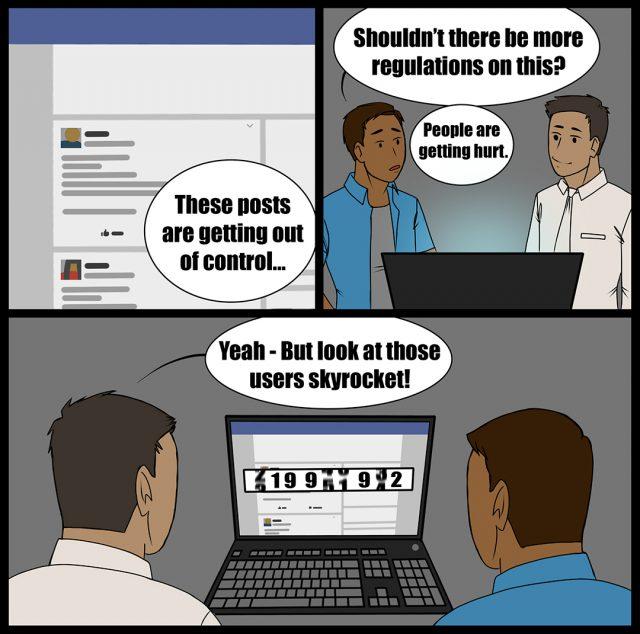By JW McNay/managing editor
Candy and Coding will introduce students to computer science through games, competitions and challenges Oct. 9 on NW Campus.
Computers will be set up 10 a.m.-2 p.m. in the WTLO lobby where students can stop by to learn more about computer science and programming through a “simple but very fun game,” NW computer science instructor Paul Koester said.
“In the game, students program a robot to complete challenges much like software engineers program computers,” he said.
Students progress through three levels in the game as the programming concepts get more complex, NW computer science instructor Judy Pennington said. Those who can successfully complete Level 3 are awarded a certificate of completion.
At last year’s event, 130 students attended, and 31 certificates were awarded, she said.
“We created this event as a means to increase interest in and awareness of computer programming,” she said.
A programming competition is a new addition to the event this year for students who already have some knowledge of programming languages whether through classes or self-taught, NW computer science instructor Steve Smiley said. Students don’t have to be in a computer science class to enter the competition.
“The students will be given a problem [and] then 30 minutes to solve it,” Smiley said.
Students can solve the problem using whatever language is most comfortable for them, including C++, C#, Java and Python, he said. When the contest period is over, solutions will be judged to determine the winners.
This is the fourth year for the event, and it coincides with Ada Lovelace Day, which celebrates achievements of women in science, technology, engineering and math. Ada Lovelace is credited as the first computer programmer for creating the first program in 1843.
People often think computational learning is difficult, but “it’s not hard, it’s just complicated,” Smiley said, adding the event is a good way to introduce people to basic concepts and catch their interest.
“Once you figure out you can think this way, that you can think logically, that you can break a problem down then solve it, that’s all it really takes to be in IT [information technology],” he said. “A lot people just think it’s really hard, and it’s not.”





































